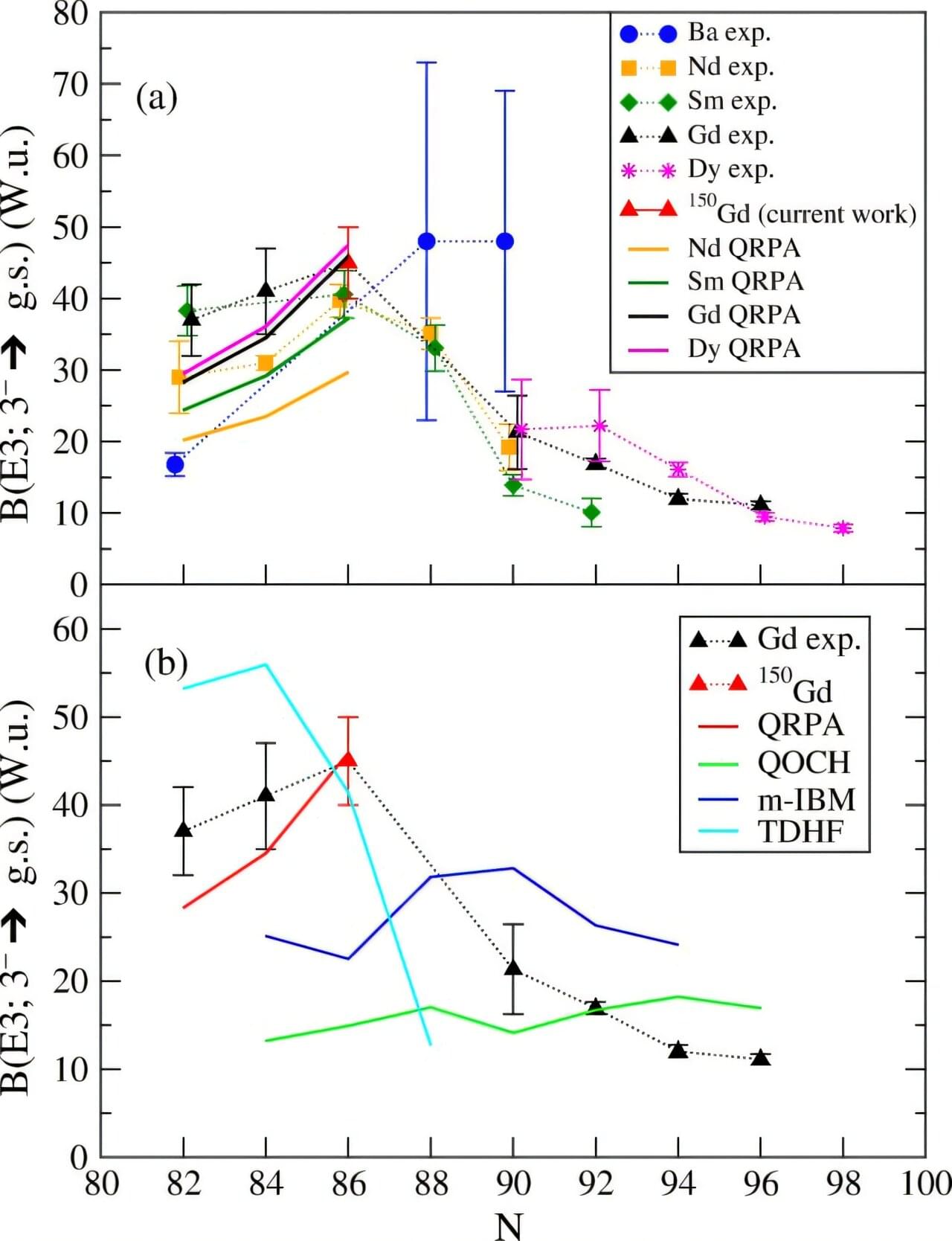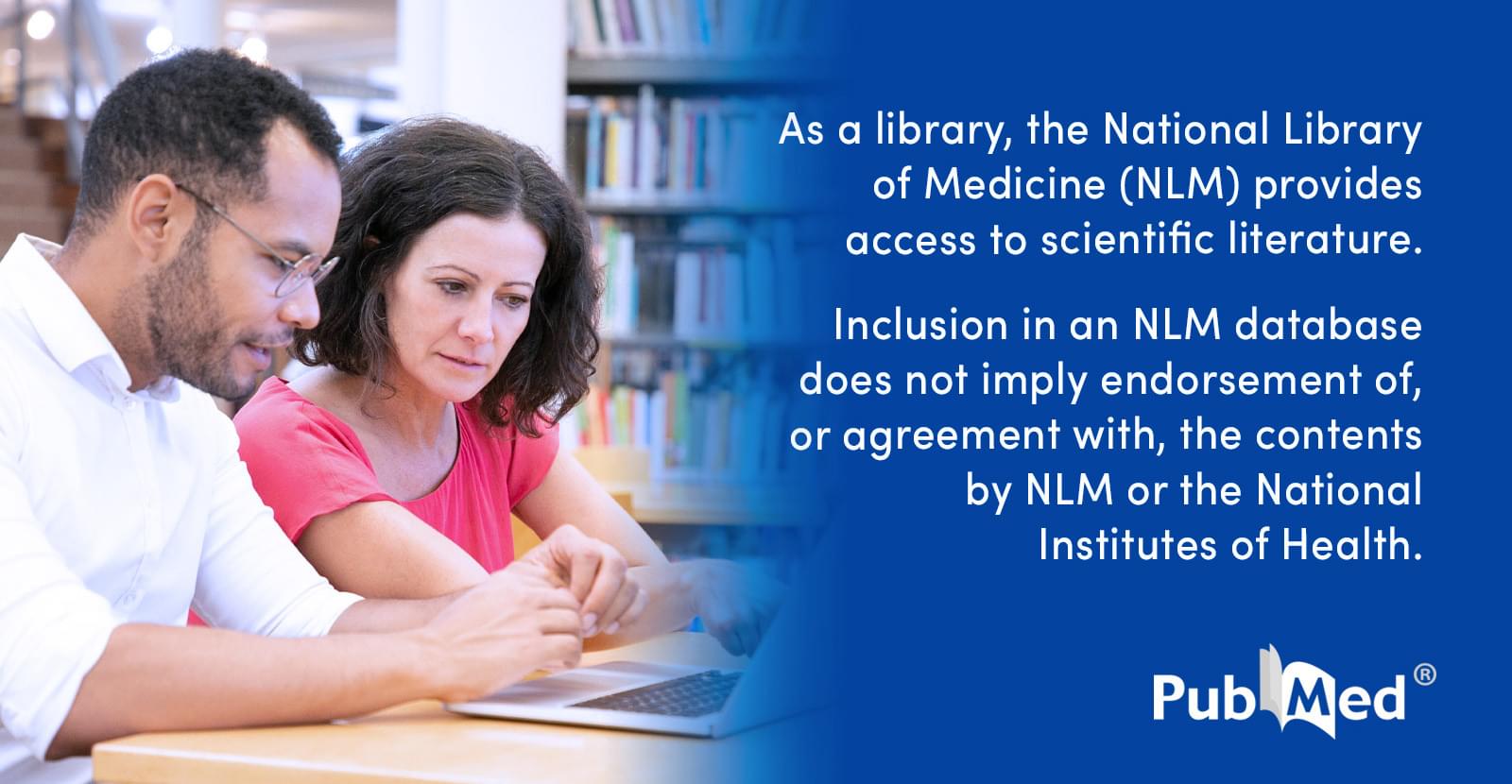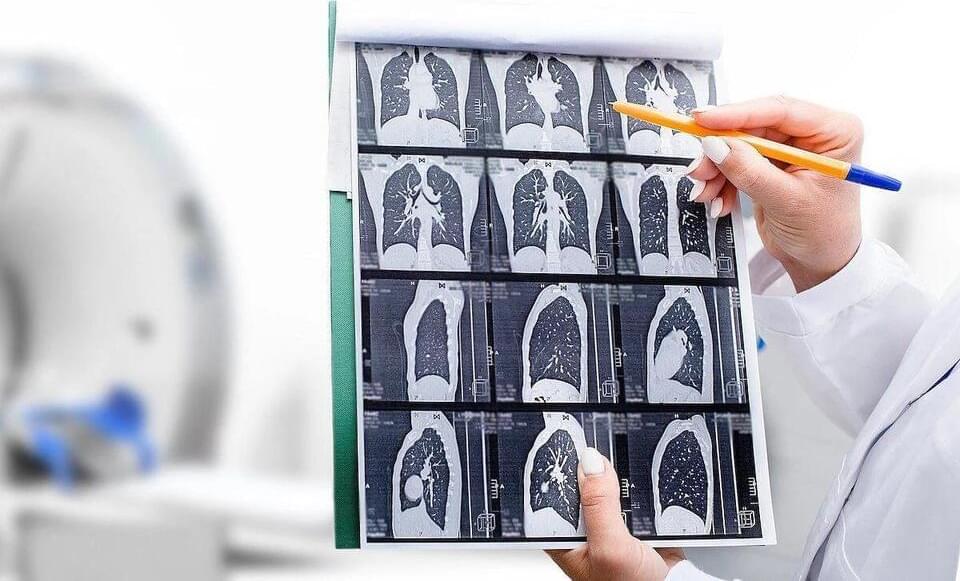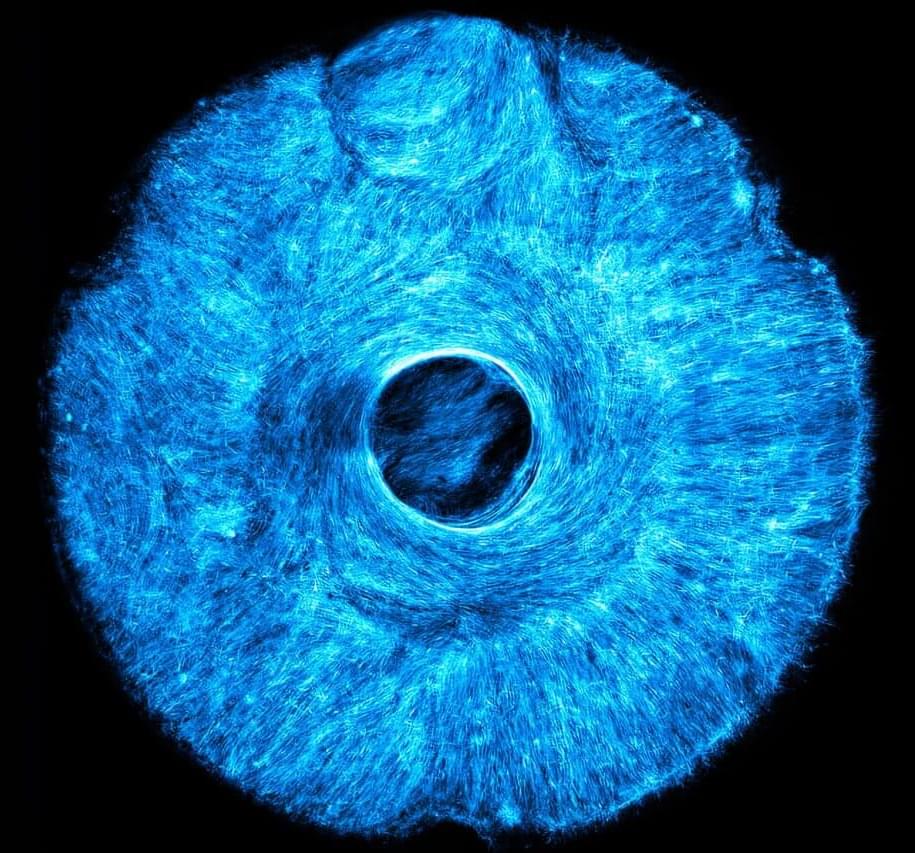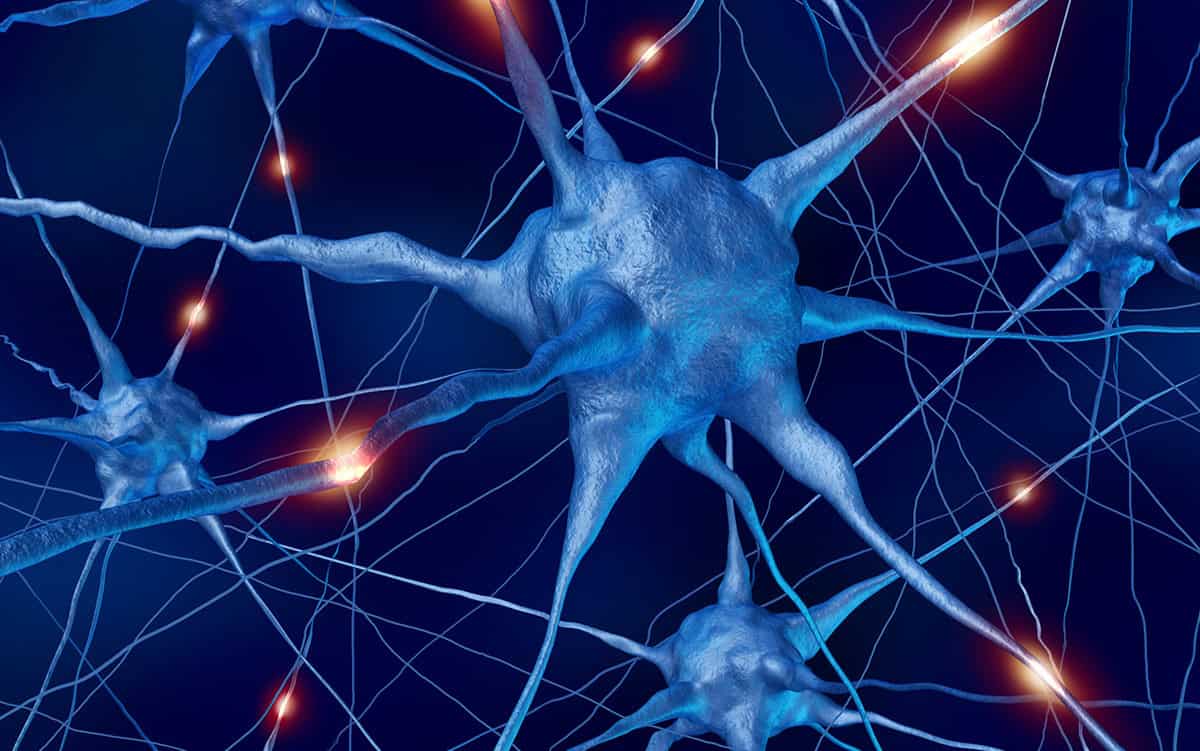For the first time, scientists have acquired direct evidence of rare, pulsing pear-shaped structures within atomic nuclei of the rare-earth element gadolinium, thanks to new research led by the University of Surrey, the National Physical Laboratory (NPL) and the IFIN-HH research institute in Bucharest, Romania.
The study, published in Physical Review Letters, provides definitive proof of a strong collective “octupole excitation” in the nucleus of gadolinium-150, a long-lived radioactive isotope of this rare-earth element, which is used in applications such as superconductors, nuclear power operations and MRI contrast materials.
The experimental signature is interpreted as the protons and neutrons inside the atomic nucleus vibrating in a coordinated pattern, resulting in a pulsing, asymmetric, pear-shaped structure.
